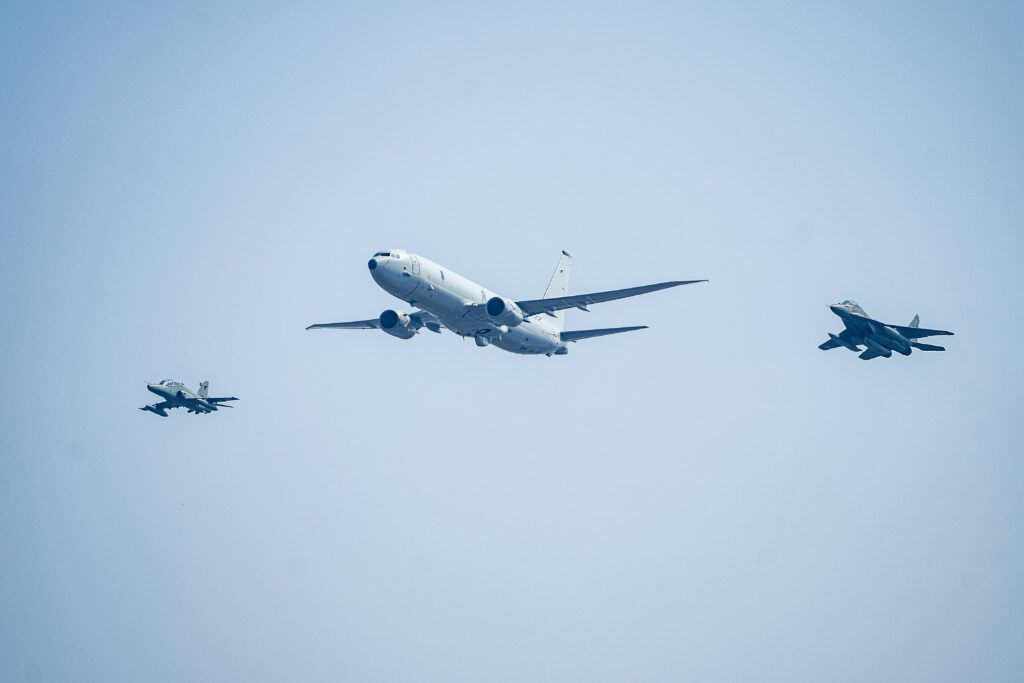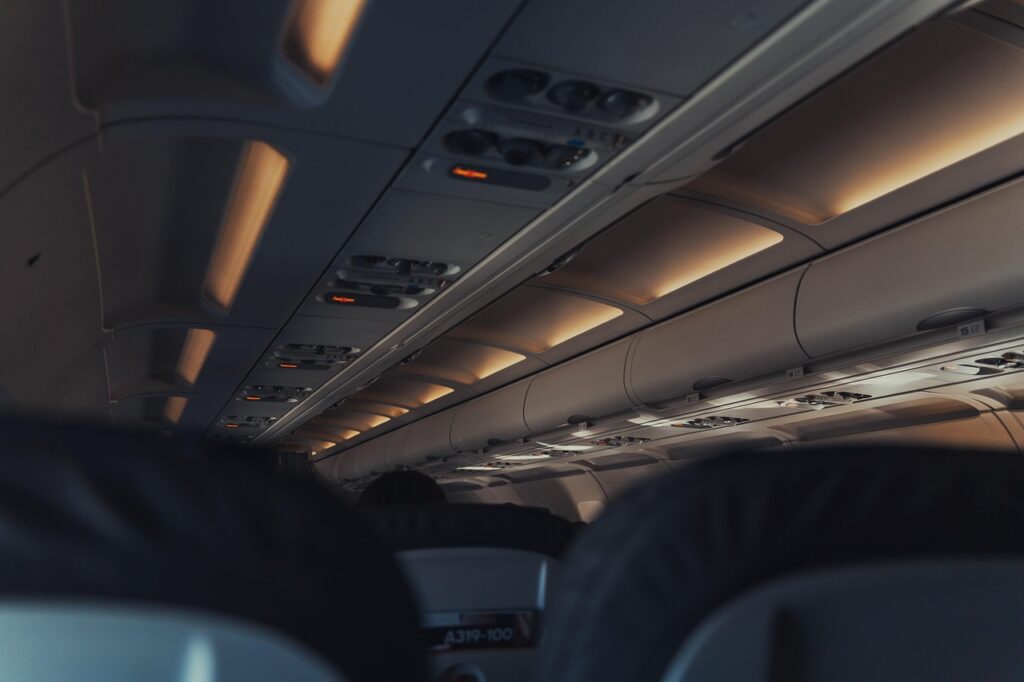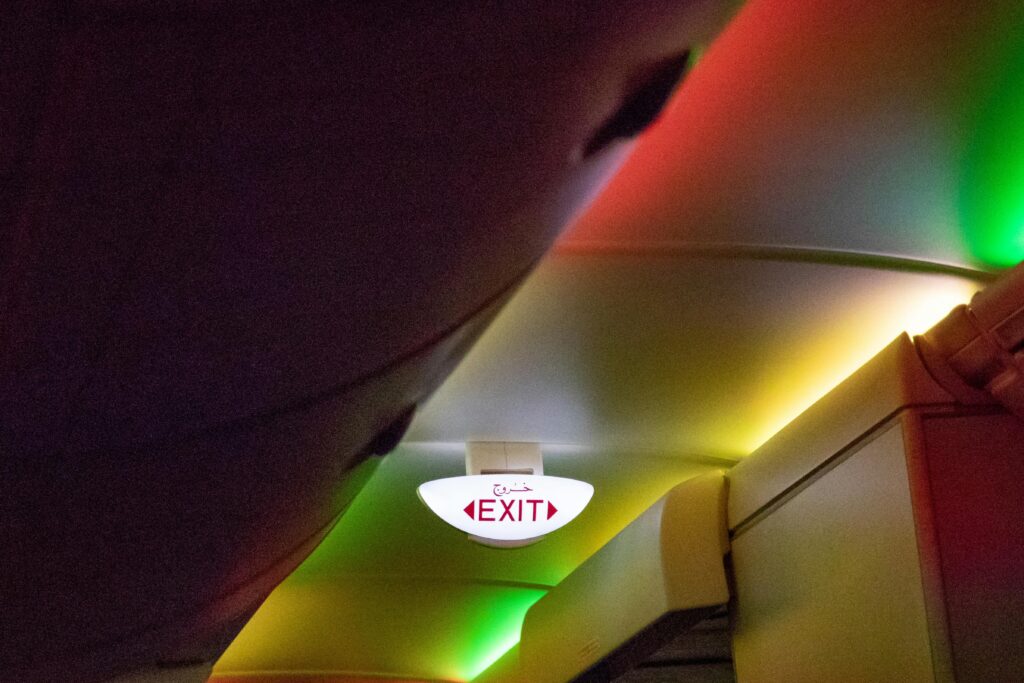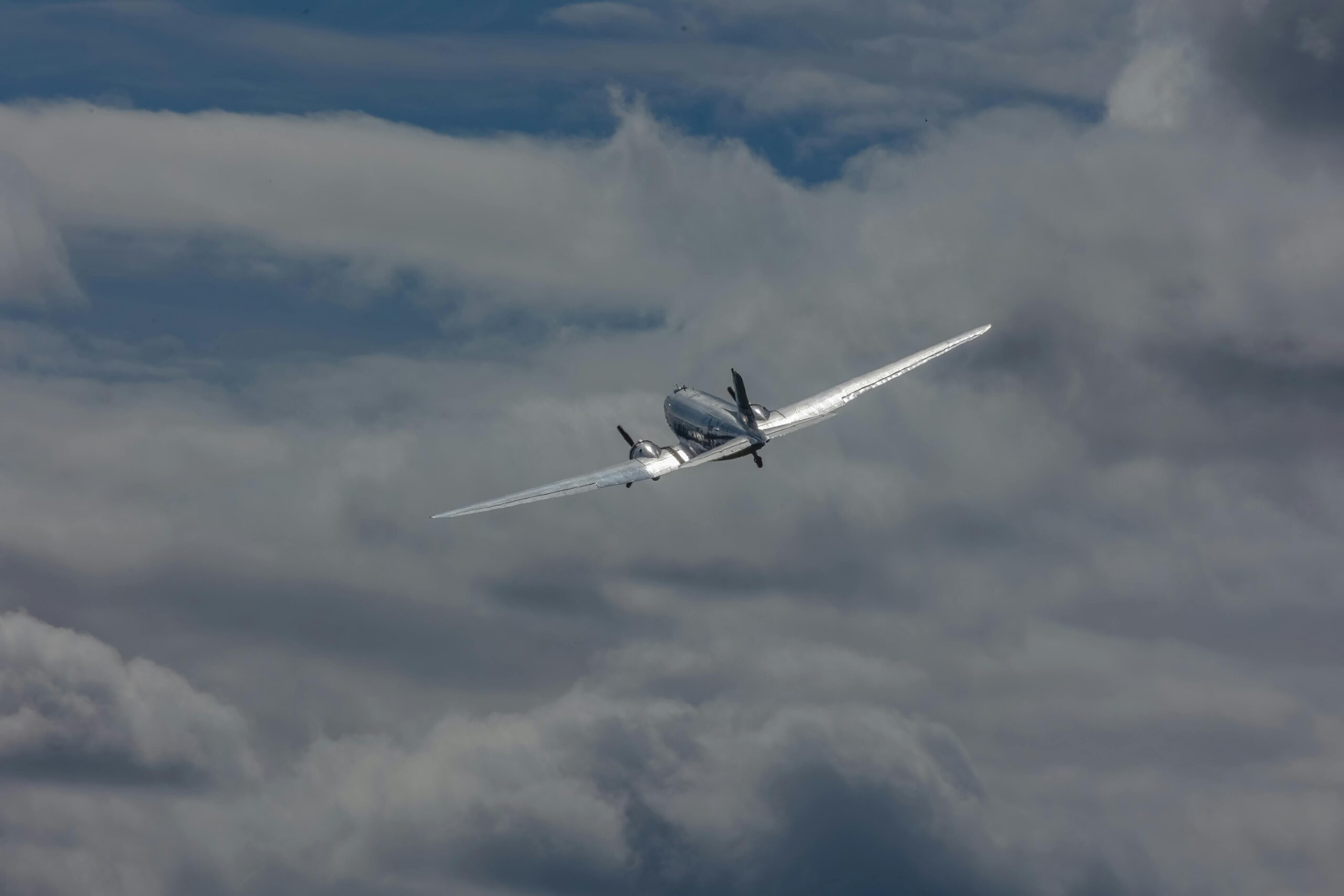On February 23, 2025, an American Airlines flight en route from New York’s John F. Kennedy International Airport (JFK) to New Delhi, India, was forced to make an emergency landing in Rome following a bomb threat. The incident, which led to heightened security measures, left passengers in suspense but ultimately ended without harm. Here’s a deep dive into what happened, how authorities responded, and what this means for airline security.

The Flight and the Bomb Threat
American Airlines Flight 292, a Boeing 787-9 Dreamliner, departed from JFK with 199 passengers and 15 crew members on board. The journey was proceeding as scheduled until a bomb threat was received via email when the aircraft was over Turkmenistan, approximately two hours away from its destination in India.
Upon receiving the threat, the flight crew, following strict security protocols, coordinated with ground control and relevant authorities. Given the severity of the situation, it was decided that the aircraft would divert to the nearest suitable airport with high-security facilities.
Emergency Response: Fighter Jets Escort the Plane
As the aircraft rerouted toward Italy, the Italian Air Force swiftly deployed two Eurofighter Typhoon jets to escort it to Leonardo da Vinci-Fiumicino Airport in Rome. The presence of fighter jets underscored the seriousness of the threat and ensured that the aircraft remained under constant surveillance.
Upon landing in Rome, the aircraft was immediately isolated while Italian security forces and bomb disposal units conducted a thorough inspection. After extensive checks, authorities confirmed that the bomb threat was a hoax and that there was no explosive device on board.

What Happened to the Passengers?
Following the all-clear from security forces, American Airlines arranged accommodations for the passengers in Rome. Since the flight crew had exceeded their duty hours due to the diversion, they needed rest before continuing the journey to New Delhi. Passengers were later reboarded on a rescheduled flight to their original destination.
American Airlines issued a statement reiterating that passenger safety remains its top priority and thanked travelers for their patience and cooperation during the security procedures.
Understanding Bomb Threats in Aviation
While aviation security has evolved significantly, threats of this nature still occur occasionally. Airlines and authorities treat all such threats as credible until proven otherwise. Here’s what typically happens when a bomb threat is reported on a flight:
- Immediate Communication: The flight crew informs air traffic control and airline security teams.
- Risk Assessment: Authorities assess the credibility of the threat and decide on an appropriate course of action.
- Diversion to a Secure Location: If necessary, the flight is redirected to an airport with high-security facilities.
- Military Escort: In some cases, fighter jets are deployed to monitor and escort the aircraft.
- Comprehensive Security Check: Upon landing, security teams conduct thorough inspections before allowing the flight to resume operations.

Frequently Asked Questions
1. Why was the flight diverted to Rome instead of continuing to New Delhi?
The aircraft was over Turkmenistan when the bomb threat was received, and diverting to Rome was deemed the safest and most practical option due to its advanced security infrastructure and capability to handle such emergencies.
2. Were passengers and crew in any real danger?
While the bomb threat turned out to be a hoax, every potential threat is taken seriously. Passengers and crew remained safe throughout the incident, thanks to swift emergency protocols and security measures.
3. How often do bomb threats occur on flights?
Bomb threats are rare but not unheard of. Airlines, airports, and governments have strict protocols in place to ensure that every potential threat is managed with the highest level of security.
4. What happens to the person responsible for making a false bomb threat?
Making a false bomb threat is a serious crime. If the perpetrator is identified, they could face legal action, including imprisonment and heavy fines, depending on the country’s laws.
5. How did American Airlines handle the situation?
The airline followed standard security procedures by diverting the flight and coordinating with local authorities. They provided accommodations for passengers and ensured the flight resumed safely once cleared.
Final Thoughts: A Lesson in Aviation Security
This incident serves as a reminder of the importance of robust aviation security measures. While false threats can cause inconvenience, they also reinforce the need for vigilance and preparedness in air travel. The coordinated efforts of the flight crew, air traffic controllers, military forces, and security agencies ensured that all passengers and crew remained safe.
As air travel continues to grow, the industry will remain on high alert, ensuring that passenger safety remains the top priority in the face of potential threats.
Sources CNN


